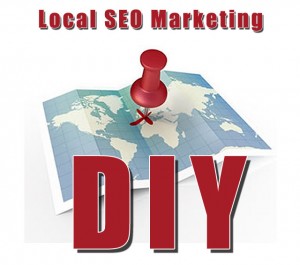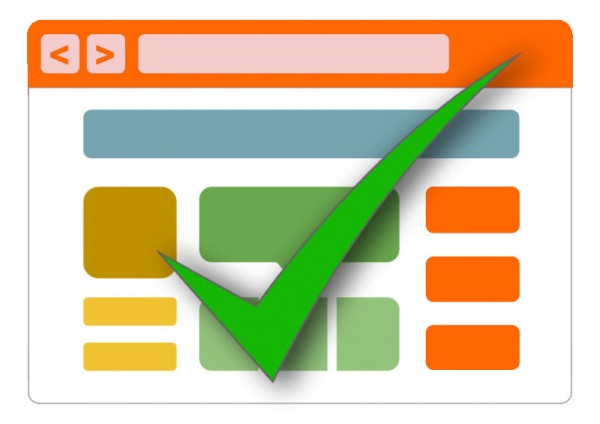Five Easy Steps for Turning Visitors Into Customers
One of the most important but often overlooked parts of any SEO campaign is landing page optimization. This is the process of making sure that your landing pages – i.e. your home page and other key pages on your site – are designed for SEO success as well as to convert visitors to customers. You can see why this is so important – after all, what is the point of getting customers to your home page if they are going to leave your site before they buy anything?
Even though it’s apparent that increasing your landing page conversion rate is critical to the success of your site, not everyone knows how to do this. To help you out, we’ve compiled five easy steps to help turn curious site visitors into happy customers:
Customer Validation: Potential customers want to see that people just like them have had positive experiences with your products or services. You can let your past sales work for you by aggressively seeking testimonials from your customers and posting them prominently on your website.
Make Customers Feel They Are Missing Out: The “herd mentality” is a real thing when it comes to online marketing. Customers are more likely to purchase your product if they feel like other people are doing the same thing. Call if safety in numbers or not wanting to miss out on the next big thing. You can play to this by showing how many people have recently purchased or tried out your product or offering.
Customize Your Pitch: Customers want to feel like they are special and not just one of the many people receiving a sales pitch. There are many ways that you can customize your sales pitch to reach out to customers on an individual basis. You can use software to insert a person’s name or hometown, or send a different pitch to male or female customers.
Keep Access Limited: What’s the best way to get people curious about something? Keep it hidden from them. You can do this with your online content as a way to get customers interested in what you are offering. Give them a little taste of some interesting content but ask them to send their email address to you in order to read the rest.
Speed Matters: Don’t overlook the speed of your website. If your website is slow to load, potential customers might give up and go to a different site.
 Posted on August 21, 2013
Posted on August 21, 2013
 Posted on August 13, 2013
Posted on August 13, 2013
 Posted on August 1, 2013
Posted on August 1, 2013
 Posted on July 2, 2013
Posted on July 2, 2013
 Posted on May 29, 2013
Posted on May 29, 2013
 Posted on May 20, 2013
Posted on May 20, 2013
 Posted on April 24, 2013
Posted on April 24, 2013